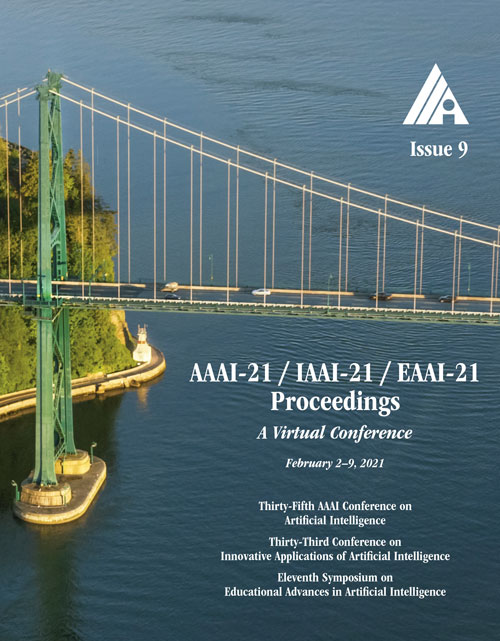Temporal-Logic-Based Reward Shaping for Continuing Reinforcement Learning Tasks
DOI:
https://doi.org/10.1609/aaai.v35i9.16975Keywords:
Reinforcement LearningAbstract
In continuing tasks, average-reward reinforcement learning may be a more appropriate problem formulation than the more common discounted reward formulation. As usual, learning an optimal policy in this setting typically requires a large amount of training experiences. Reward shaping is a common approach for incorporating domain knowledge into reinforcement learning in order to speed up convergence to an optimal policy. However, to the best of our knowledge, the theoretical properties of reward shaping have thus far only been established in the discounted setting. This paper presents the first reward shaping framework for average-reward learning and proves that, under standard assumptions, the optimal policy under the original reward function can be recovered. In order to avoid the need for manual construction of the shaping function, we introduce a method for utilizing domain knowledge expressed as a temporal logic formula. The formula is automatically translated to a shaping function that provides additional reward throughout the learning process. We evaluate the proposed method on three continuing tasks. In all cases, shaping speeds up the average-reward learning rate without any reduction in the performance of the learned policy compared to relevant baselines.Downloads
Published
2021-05-18
How to Cite
Jiang, Y., Bharadwaj, S., Wu, B., Shah, R., Topcu, U., & Stone, P. (2021). Temporal-Logic-Based Reward Shaping for Continuing Reinforcement Learning Tasks. Proceedings of the AAAI Conference on Artificial Intelligence, 35(9), 7995-8003. https://doi.org/10.1609/aaai.v35i9.16975
Issue
Section
AAAI Technical Track on Machine Learning II

